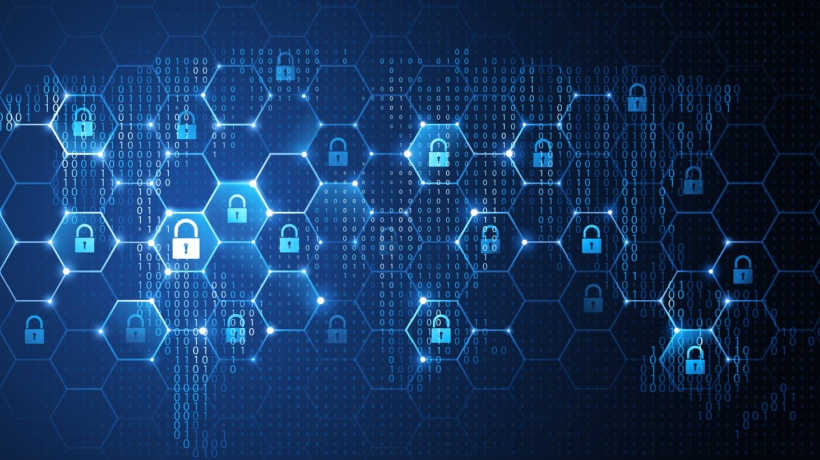Turn Your Employees Into Your Strongest Defense
Get your employees to care about cybersecurity. Cybersecurity is about collectively taking responsibility for the safety of your organization. Show them how to help.
Top Cybersecurity Engagement Tactics
Cybersecurity is not something that the information security team, a chief information security officer, or even a talented team of cybersecurity professionals can handle alone. Creating a cyber secure organization requires participation on the part of every single employee. However, bringing everyone on board with a new organizational culture that prioritizes cybersecurity isn’t easy. In fact, it often starts with a lot of eye-rolls.
Chief information security officers often come to the table with strong technical backgrounds, but developing a strong cybersecurity engagement program for employees can be an entirely new undertaking. Help your technical teams tackle cybersecurity.
Whether you’re just starting your cybersecurity awareness program or building on an existing cybersecurity program, here’s how you and your organization make it a success:
- Many employees are accustomed to snooze-worthy cybersecurity training. However, research shows that the brain is 68% more active and training is more effective when employees are having fun. Determine how your organization can offer interactive training options; use trendy and modern software programs, offer Netflix-style and binge-worthy video content, provide friendly question and answer sessions with your organization’s experts, etc.
- Develop a cybersecurity training calendar for your organization. Once you’ve set up your calendar, you can tell employees about upcoming cybersecurity modules or training dates that they should remain attentive to. Your employees will appreciate the advanced notice. No one likes to suddenly receive an email about a seemingly non-critical task that needs to be completed on a short deadline.
- When rolling out new cybersecurity awareness programs, consider including incentives for participation. You can offer small incentives, like the distribution of digital badges, or cool swag and gift cards, or your organization may wish to consider incentives like cash bonuses. The latter tactic can be especially effective in ensuring that everyone takes cybersecurity training seriously and passes all corresponding quizzes or tests. When organizations don’t have to contend with cyber attacks, the savings add up. Why not pass them on to employees who are helping to keep the organization secure?
- Emphasize the personal stake that employees do have in keeping digital data secure. Some employees may feel that it is the job of finance or HR to ensure that private data, like corporate banking transactions, employee salary information, or social security numbers, remains secure. However, a malicious link click from anyone in the organization can compromise everyone. Impart the notion that cybersecurity is a collective responsibility that must be attended to for the common good and well-being of all.
- Show employees how cybersecurity can benefit them. Provide clear examples of how certain cybersecurity-friendly behaviors can affect day-to-day business operations. At this point, there are hundreds of articles online about how ransomware attacks can take systems offline for a week. In your enterprise, would malfunctioning systems result in lost productivity, lost wages, or lost revenue? Presenting precise information about potential effects can help employees see the utility in following cybersecurity best practices.
- If you work for a large enterprise, remain attentive to varied cultural practices, beliefs, and geo-specific cyber threats. For example, a US-focused cybersecurity program may need to contain different content than a cybersecurity program designed for European employees or Asian employees. Culturally sensitive and relevant programming can improve information retention and general interest.
- Provide cybersecurity education in manageable quantities. 90% of cyber attacks start with a phishing email but avoid overwhelming employees with information about dozens of different kinds of phishing threats. Consider only introducing one threat type at a time. Focus on that threat type. Pursue it in-depth. Test the knowledge and then move on to discuss the next threat type.
Also, think about how to keep your training short. Hours-long workshops are a thing of the past thanks to online training options. Employees will likely learn more if they’re not secretly counting down the hours until they can get back to knocking out their mammoth to-do lists.
In Summary
Kicking off an engaging cybersecurity training program can keep your organization safe from cyber threats. All of the tactics listed above are designed to help you implement a strong cybersecurity awareness and engagement program that can safeguard your organization from financial, reputational, or other forms of damage.
Happy security awareness training!









